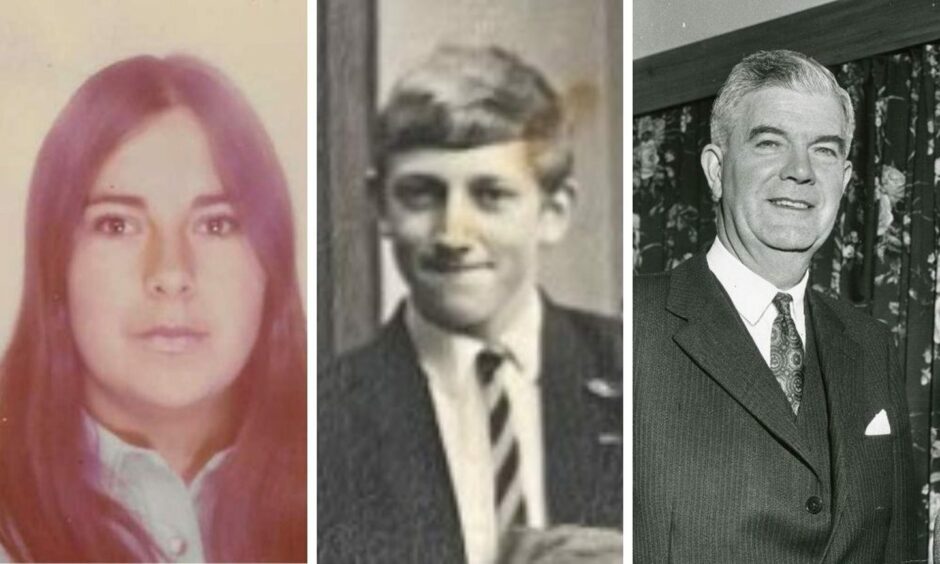
Bruce Durie is reflecting on his time at Kirkcaldy High School where he was a guinea pig in an education experiment that left scars on its alumni.
The 68-year-old, who lives in Broughty Ferry, says: “I’ve had a great life since then but it has left me with this feeling of ‘what if?’.
“What if I had been a year younger, what if I had a bit more confidence rather than have it zapped from me daily with taunts?”
He was enrolled in the E-stream, a unique fast-track programme designed by Fife Council in the 1960s for schoolkids expected to excel academically.
And many of those picked for the Kirkcaldy High scheme certainly did.
But only after IQ tests, skipping their final year of primary school and being ripped away from their friends, thrown in to what one former head teacher called “a hot-house experience”.
‘Like being dunked in to cold water’
Former pupil Gordon Brown was prime minister while Val McDermid is one of the UK’s top crime writers.
Bruce went on to become one of Scotland’s top genealogists, founding a postgraduate program in genealogical studies at Strathclyde University.
His classmate Judith Kerr was later depute rector of her old school.
Kenn McLeod also enjoyed a career in the classroom, teaching English before taking up the post of principal assistant to the director of education in Fife.
Kenn, now retired, was among those selected for the first E-stream (E for early) cohort in 1961.
More than 60 years later, he can still recall the shock of being plucked from his primary school environment.
The 72-year-old, who still lives in his hometown, says: “It was exciting because you were getting out of primary school and you had no 11-plus exams to sit.
“But suddenly you were taken from spelling tests at primary school to learning Latin.
“It was like being dunked in to cold water.”
Taught in separate classes and by the heads of each subject, it was hoped the E-stream experiment would prepare its most gifted kids for academic success.
But this special treatment led to feelings of isolation and also made them a target for bullies, with some spat on and roughed up by older pupils on a daily basis.
It was education under pressure and some dropped out with mental health issues caused by the E-stream baggage.
‘Thrown in to the lion’s den’
Judith, 68, joined in 1965 and – like Kenn four years earlier – struggled with the weight of expectation.
She also felt in competition with her classmates.
Judith, based in Kirkcaldy, says: “Their justification was, ‘If you are in a class with people as able as you then you will fire ahead’.
“But we often felt we had to be better than everyone else – even in things not related to academics – to justify why we were there.
“Some people had real problems with self-esteem and in theory it should have been the other way round.”
Dad-of-one Bruce remembers: “My folks were very proud as it was bit of an honour to be selected for it.
“Years later though my mother said that she worried whether it was a good thing, she felt slightly guilty about it.
“If you take a bunch of kids aged 10 going onto 11, that’s the absolute cusp of your social maturity.
“Being just one year younger, everybody was less street-wise, less socially aware, and we were thrown in to this lion’s den that was high school.”
Gordon Brown’s E-stream anger
The E-stream’s two most famous graduates, Mr Brown and Ms McDermid, are scathing of the impact it had on their school years.
The future Labour leader – whose education was thrust in to the spotlight by short-lived PM Liz Truss last year – was a ten-year-old at Kirkcaldy West Primary School when, after an IQ test, he joined a group of gifted children at Kirkcaldy High.
What followed were six years of misery.
Mr Brown’s anger was laid bare in an essay he wrote as a 16-year-old, revealed in 2007 by The Times, about the project.
The Edinburgh University graduate – who achieved top marks in his O-levels at 14 and was named joint dux boy in 1967 – said: “I was a guinea pig. The victim of a totally unsighted and ludicrous experiment in education, the result of which was to harm materially and mentally the guinea pigs.
“I watched each year as one or two of my friends would fail under the strain.
“I saw one girl who every now and then would disappear for a while with a nervous breakdown.
“I was lucky and passed, but many of my friends met with dismal failure, despair and a sense of uselessness.
“I cannot emphasise too much the demoralisation I saw in some of those guinea pigs.
“Mistakes made with materials are revocable. Mistakes made with people cannot be altered.”
Ms McDermid – 16 when she sat her Oxford entrance exam – opened up on her experience in 2011.
Speaking at Harrowgate International Festivals, she said: “They basically culled the top pupils from the primary schools in the area and put us through high school a year early.
“I think it produced two types of people. Those like Gordon and I who were very driven and success orientated and those who crashed and burned along the way.
“It was quite stressful in ways that were not necessarily appreciated at the time.
“I think it was a really bad idea. It might have worked better if they had mixed us in with the rest of the academic year, but we were set aside in a different class called E for early, although everyone said it was E for experiment.
“So by the time we got in to the mixed population of the third year, everyone knew we were the weirdos and so we never quite fitted in.”
Education chief behind E-stream experiment
The man behind it all was Dr Douglas McIntosh, a Dundonian who taught maths at Harris Academy before becoming Fife’s director of education at the age of 33.
Dr McIntosh – later awarded a CBE for his contribution to education – died in a Glenrothes nursing home in 1998 aged 88.
His obituary in The Courier read: “He became associated with the pioneering policy in Scotland for the establishment of junior high schools.
“He also took an interest in gifted pupils and initiated a class for advanced pupils in the primary seven age group to attend secondary school a year earlier than normal.”
Intake stopped in 1967 but Dr McIntosh’s fast-track programme left a lasting impact on its subjects.
So what were the findings of the experiment?
In the intervening years, a rumour that the relevant records were destroyed in a fire at council headquarters has grown.
But there is no evidence to support the claims.
There was, however, a spate of arson attacks across the town in 1975 when a 16-year-old started fires in three churches and two schools – including Kirkcaldy High School.
Former Rector Derek Allan doesn’t believe this explains the absence of E-stream records.
He says: “It seems that on or about July 25 1975, Kirkcaldy High was subject to an arson attack.
“There had been multiple attacks in a short space of time. Torbain Primary, near to KHS, was the other school.
“But I don’t think it was an extensive fire at the high school and I doubt records were lost.
“I expect I would have heard about it if that were the case.”
Fife Council confirmed to The Courier it does not keep education committee reports from the 1960s, while there is no mention of the experiment in minutes from committee meetings kept in council archives.
All that is left of the E-stream are the testimonies of those who lived it.
Bruce is happy his son did not have to endure a similar school experience, saying: “Some people’s psyche was damaged by the whole exercise.
“Did I get a fabulous education? Wow, yes I did.
“Did I enjoy school? Not a day of it.”
‘Failed experiment that damaged a lot of children’
For Judith, the experience partly inspired her to go in to teaching, shaping her desire to help those like her teenage self.
She says: “I went to Edinburgh University to study maths – as a lot of people from Kirkcaldy High School did – but by that time I was fed up with rivalry and at the end of first year I dropped out of honours.
“For example, in my first year at university there were 400 hundred people and I’d had enough of all of that.
“I think it [E-stream experience] made me more interested in people.
“They became more important than academia or the status of a profession.”
Kenn adds: “Looking back on all those years, I think for most people it was a failed experiment.
“For some it was good but for others it was devastating.
“Still, even now, I feel sorry for those who were really humiliated by having to leave and having their intelligence questioned.
“In my view we were too young. It really damaged a lot of young children.”

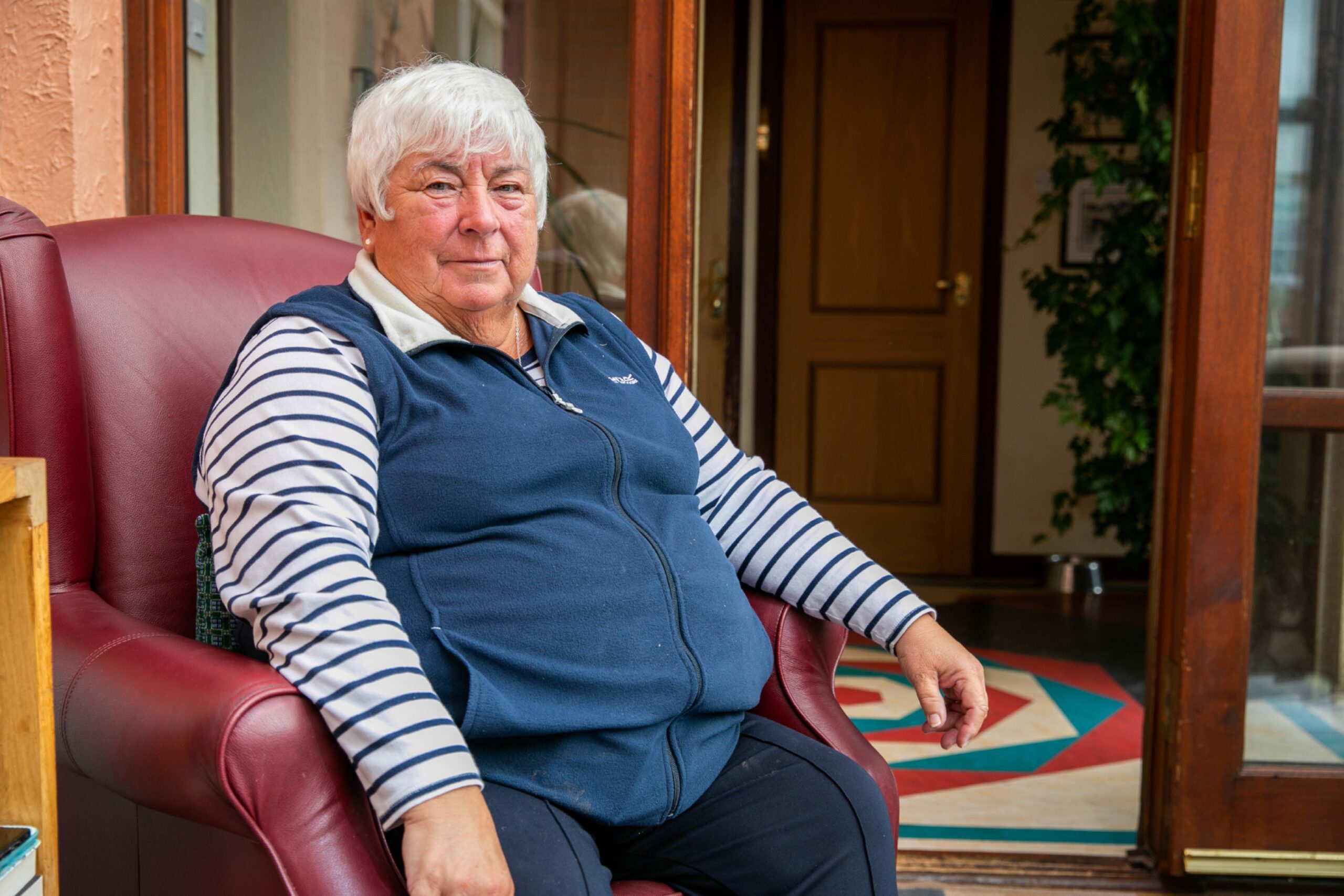
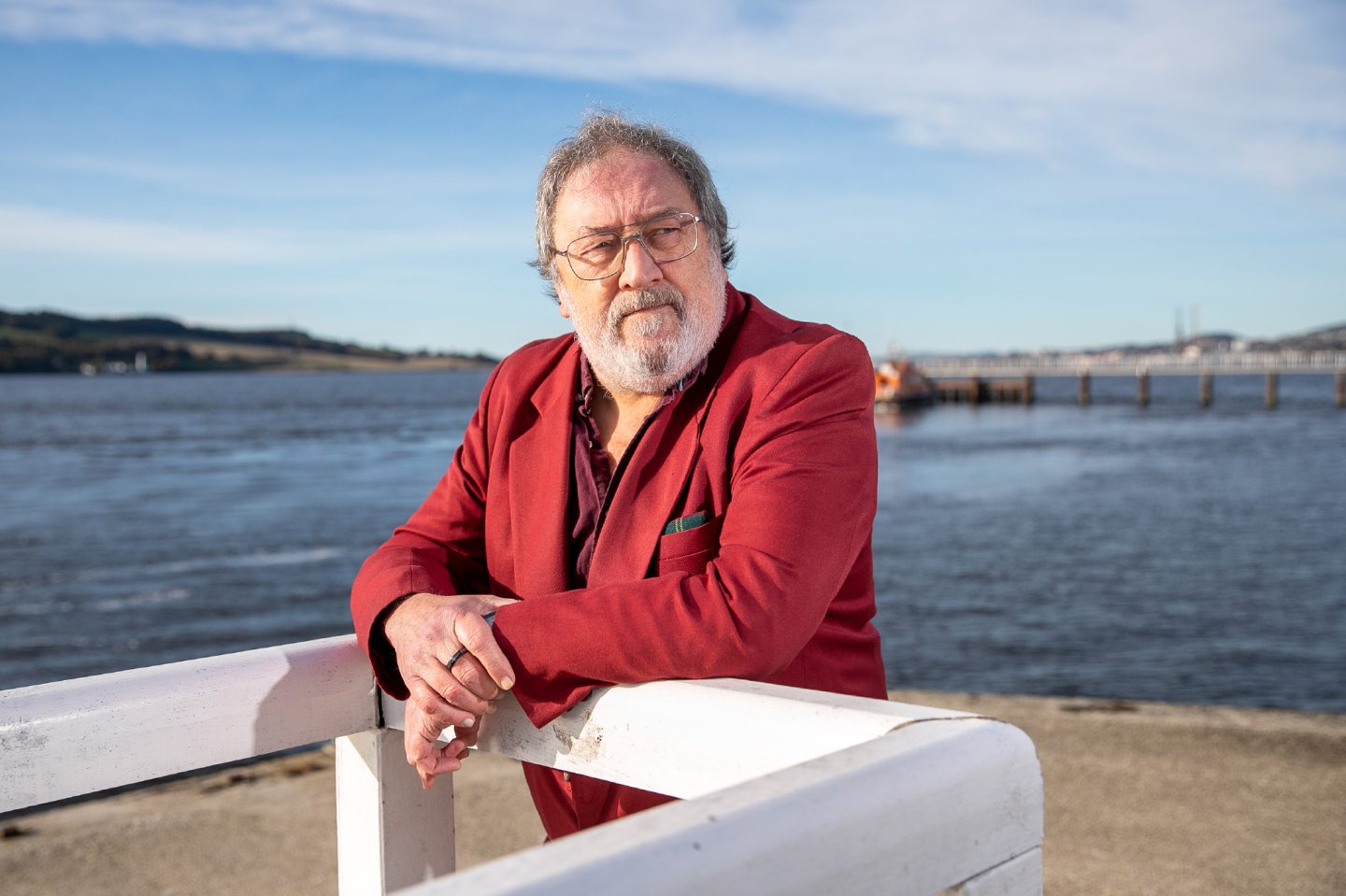
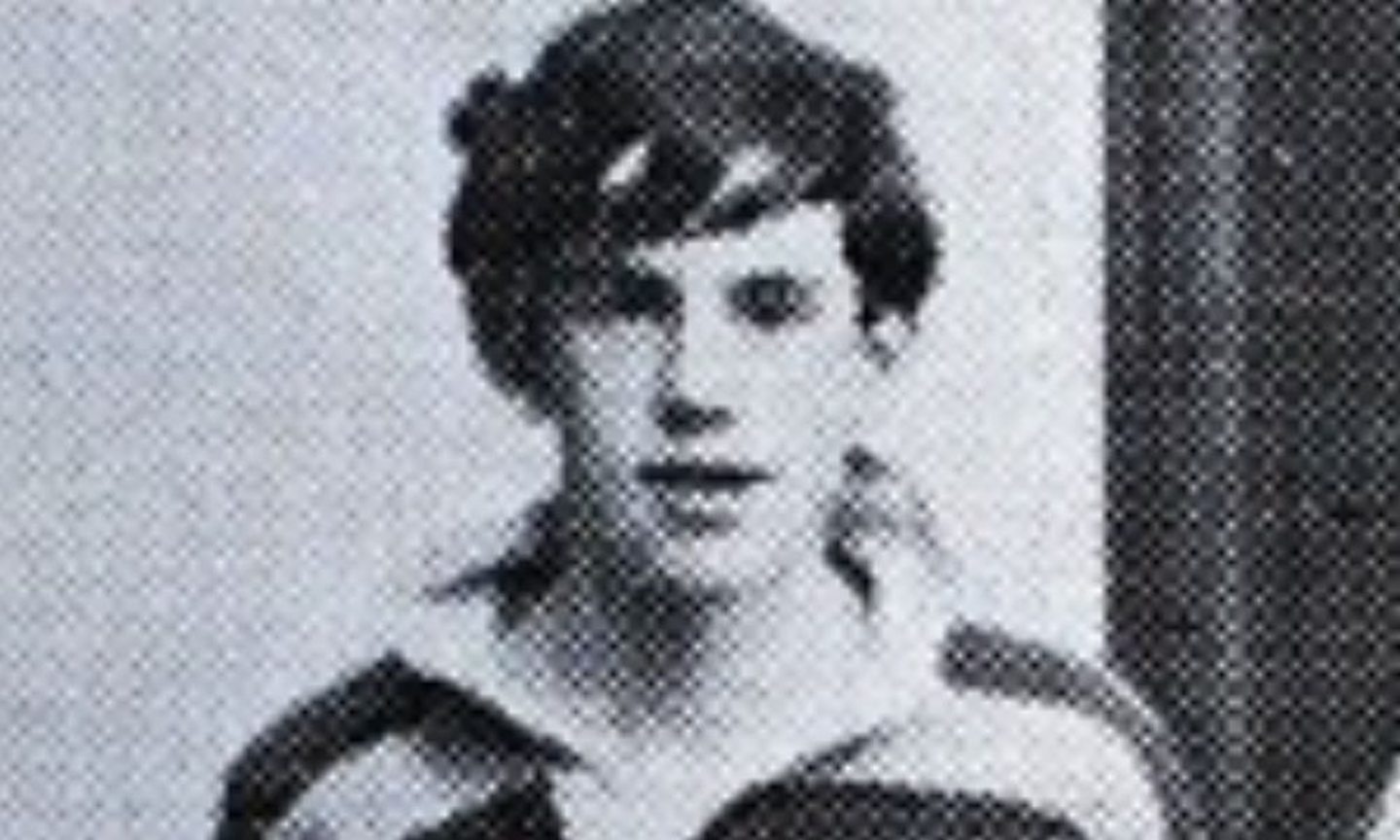


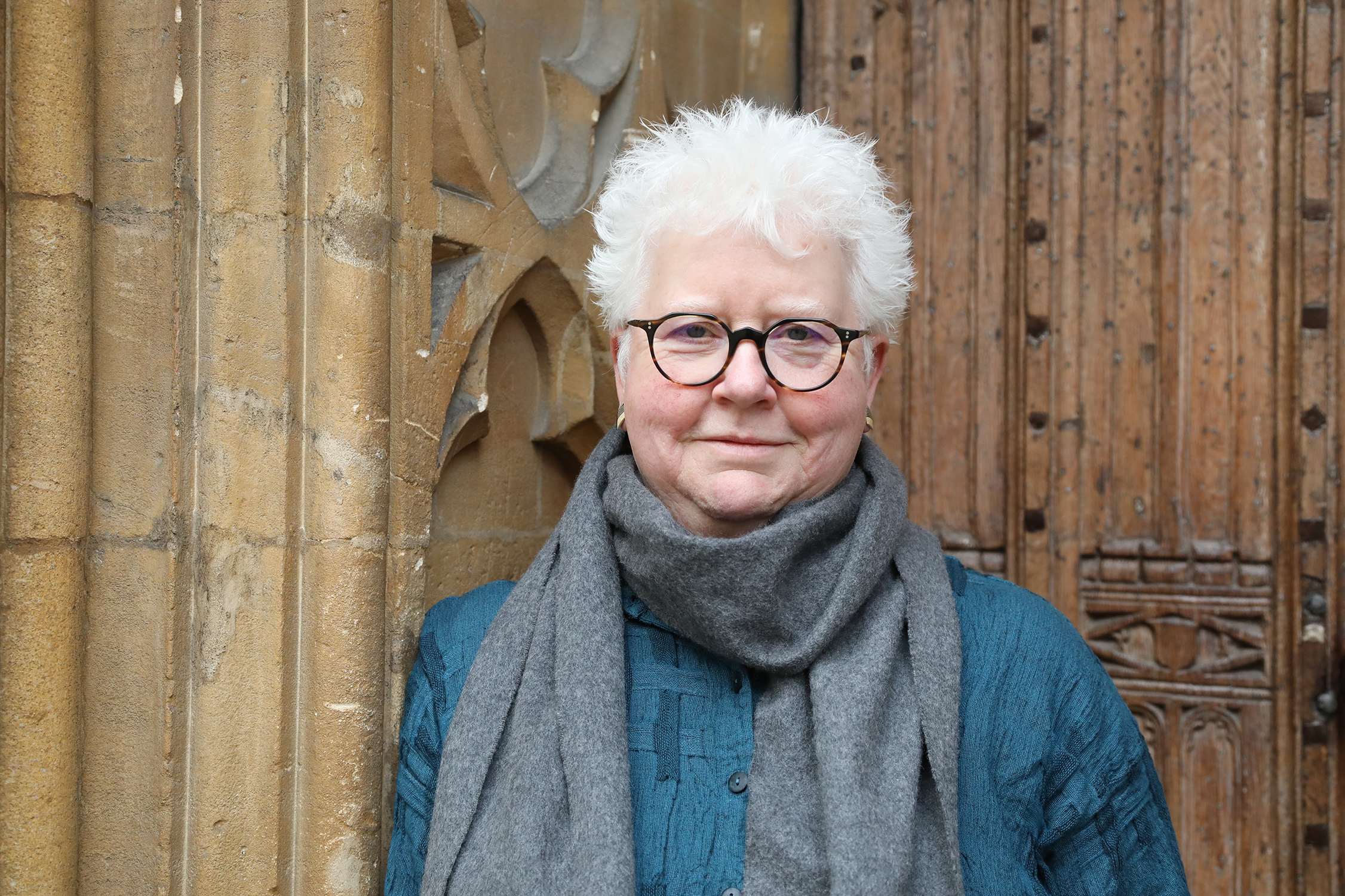
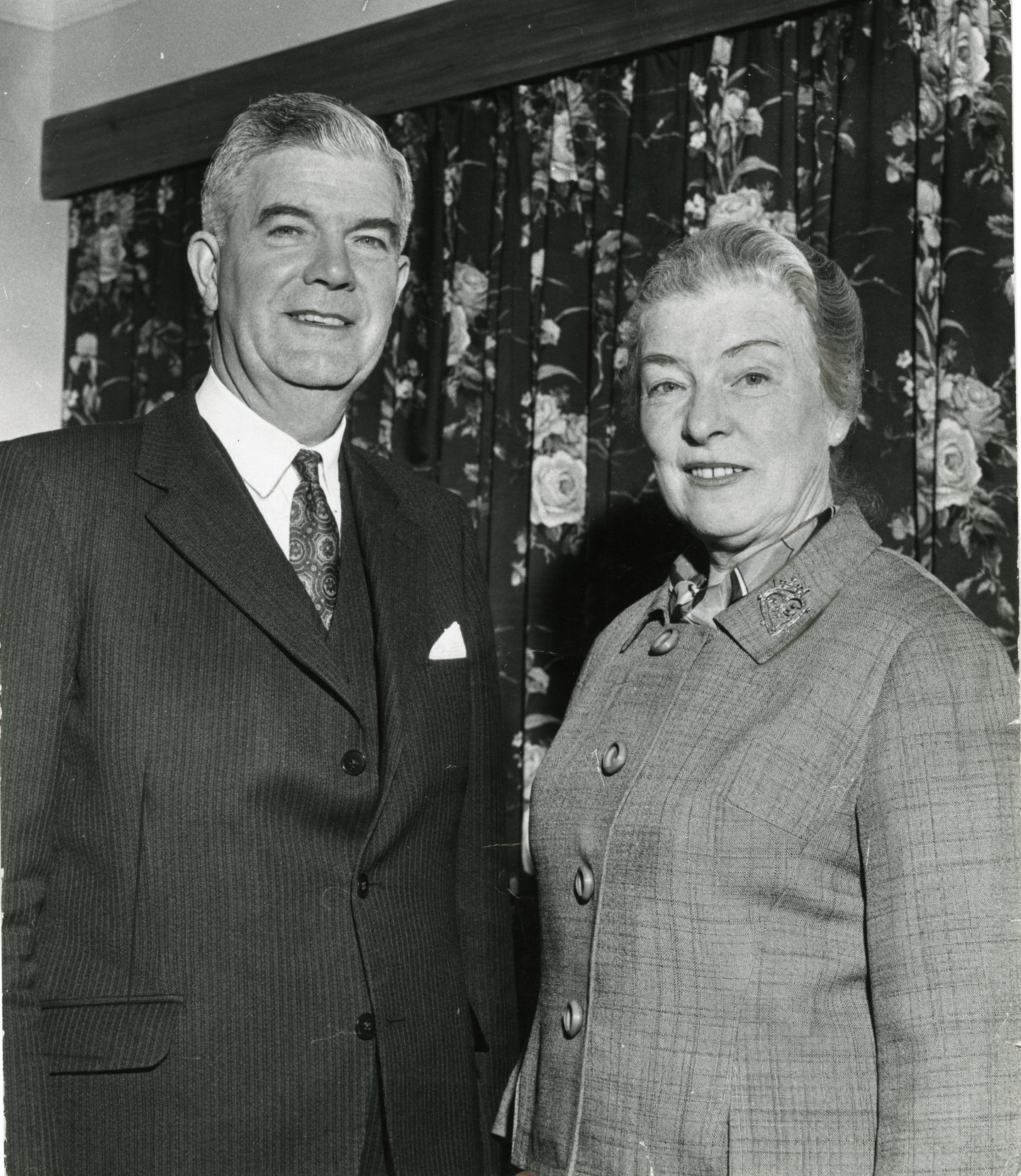
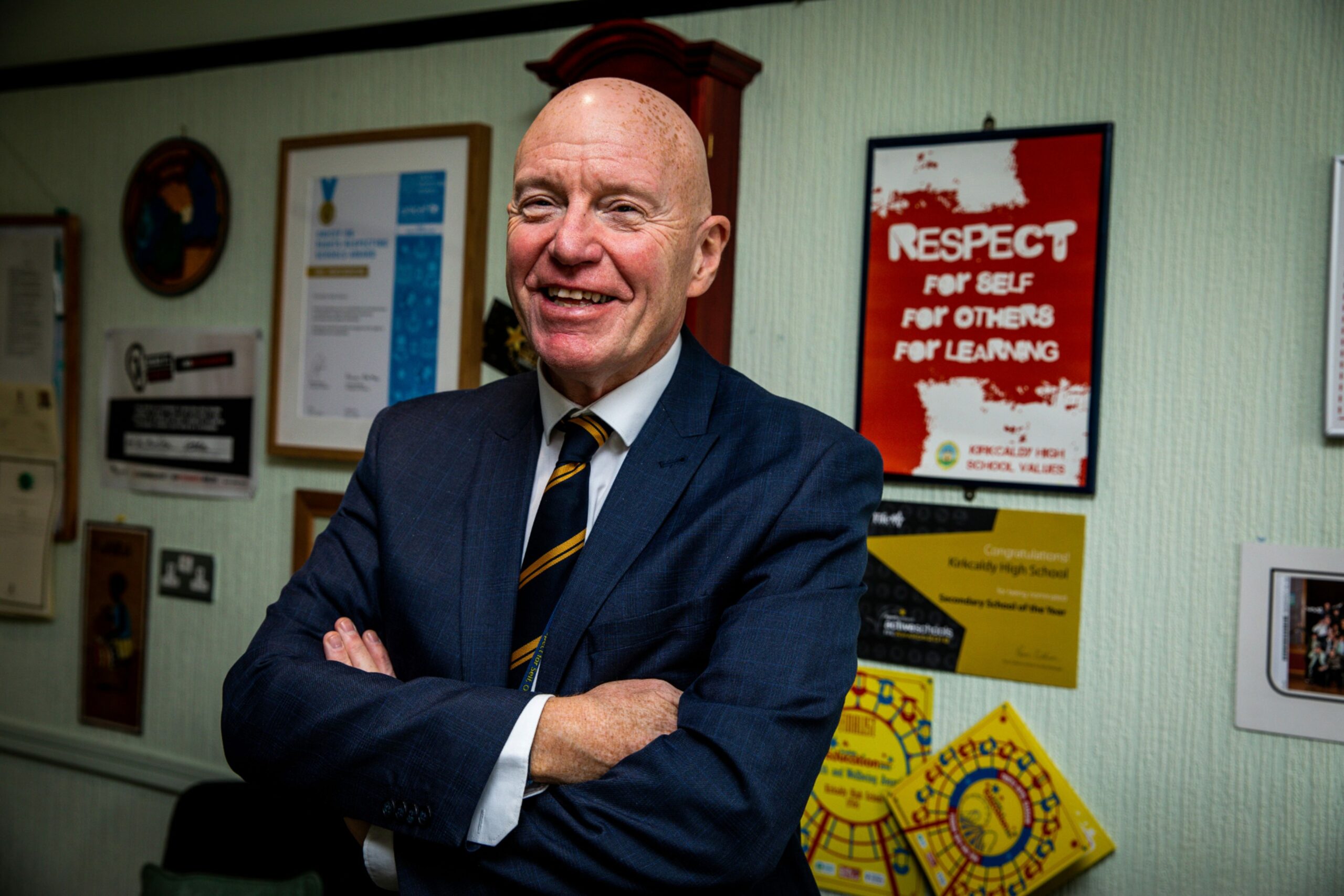
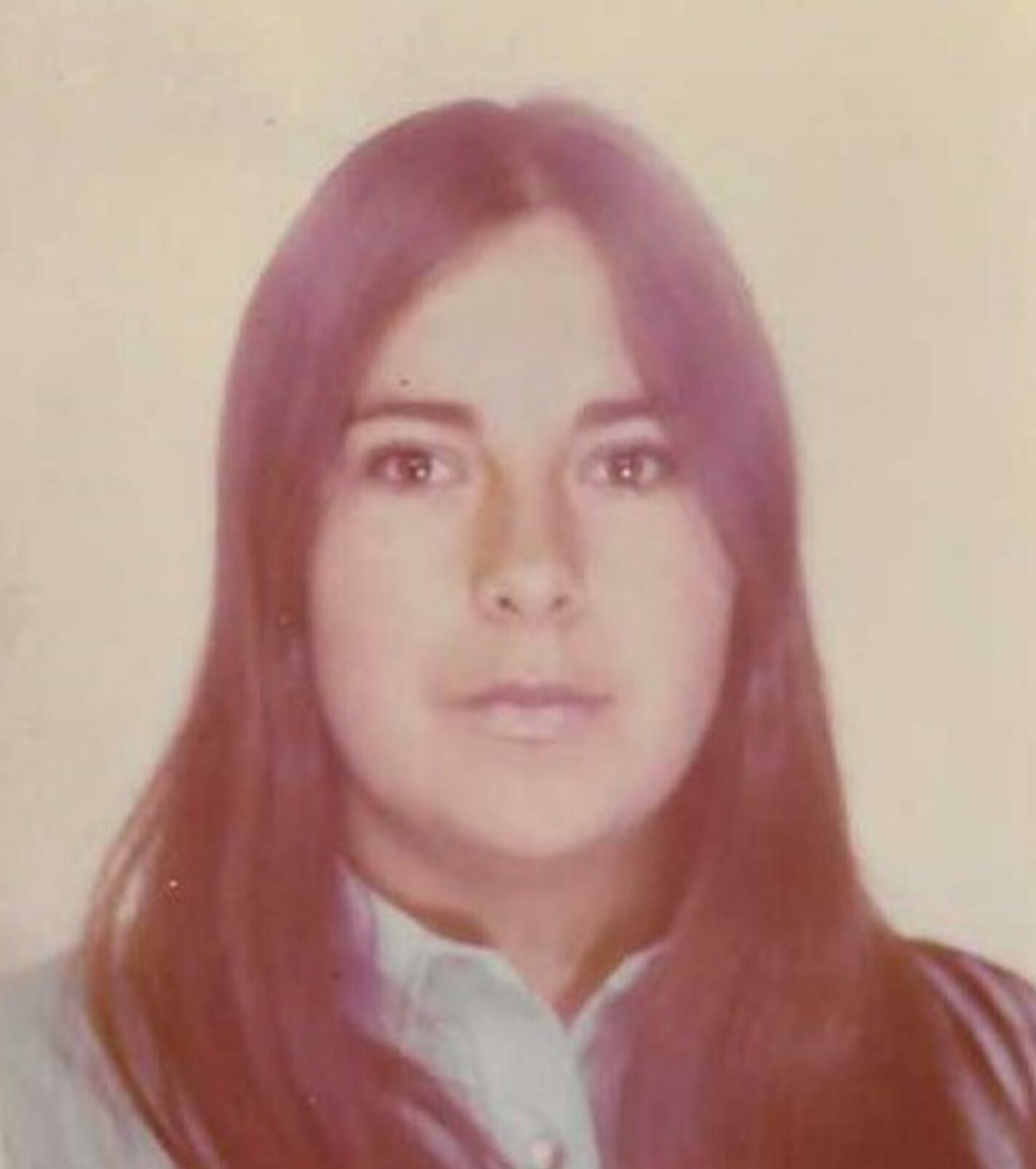
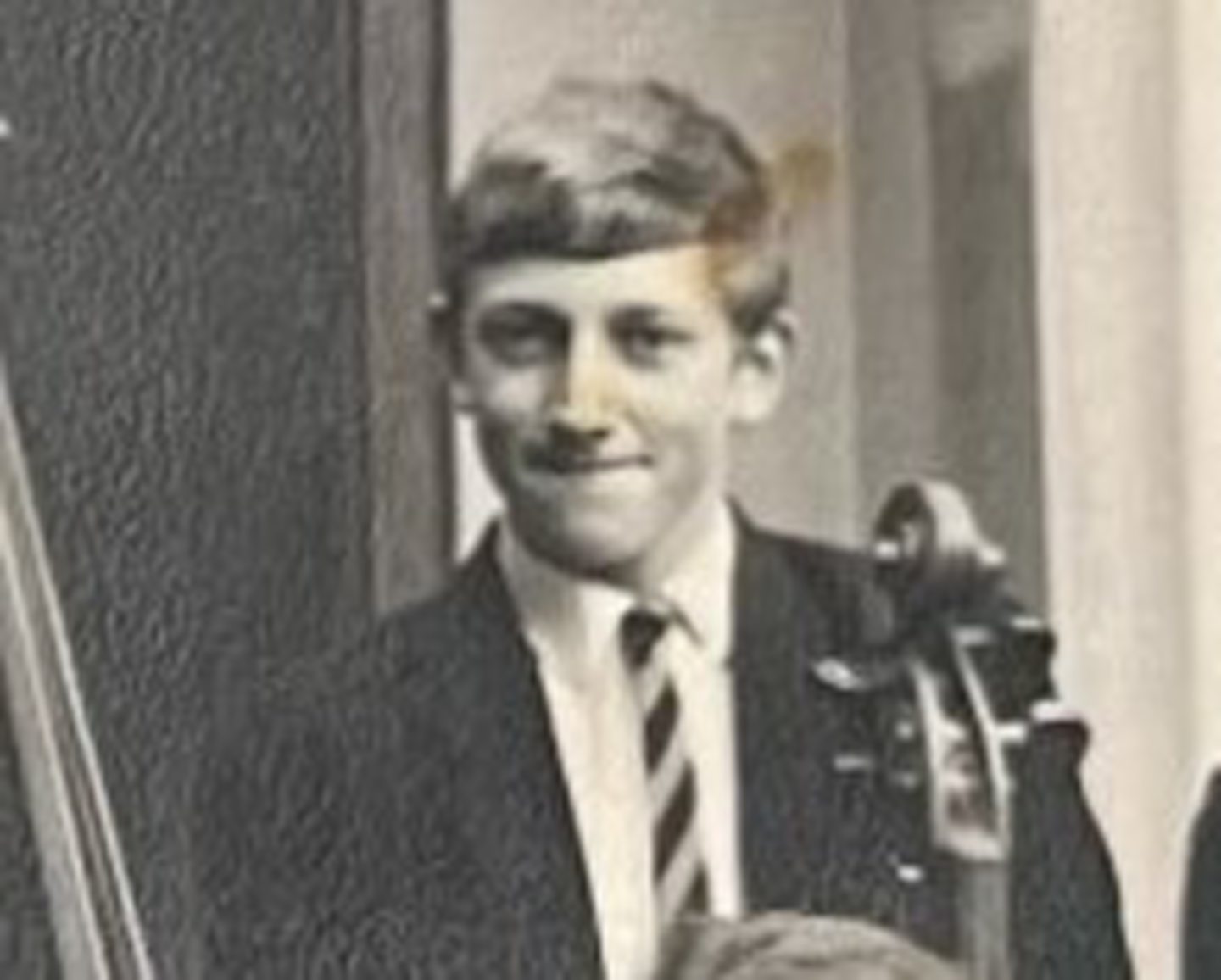
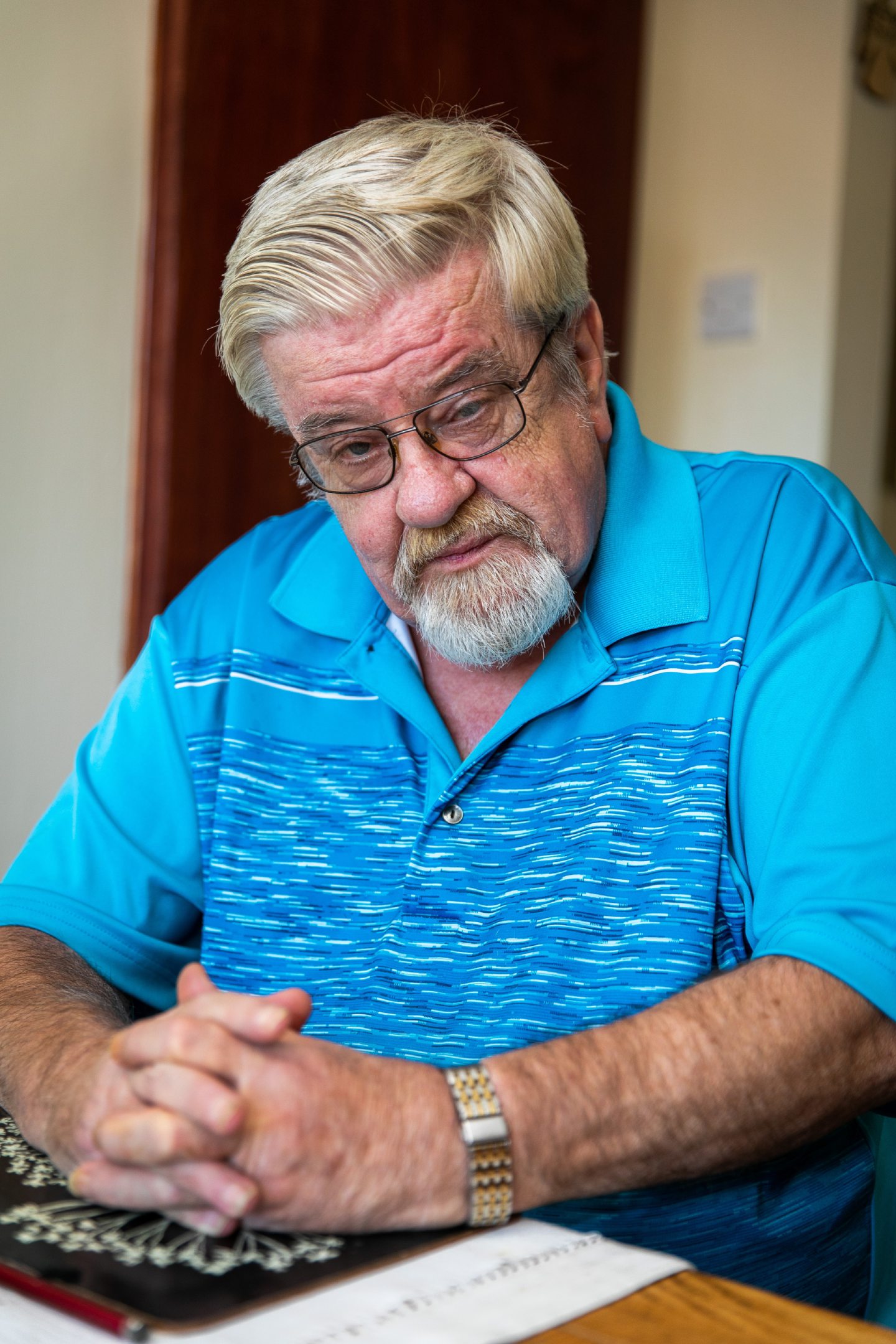










Conversation